Would you like the pond in the site pleased with beauty and at the same time was useful from an economic point of view? Then get it in it karpov Koi..
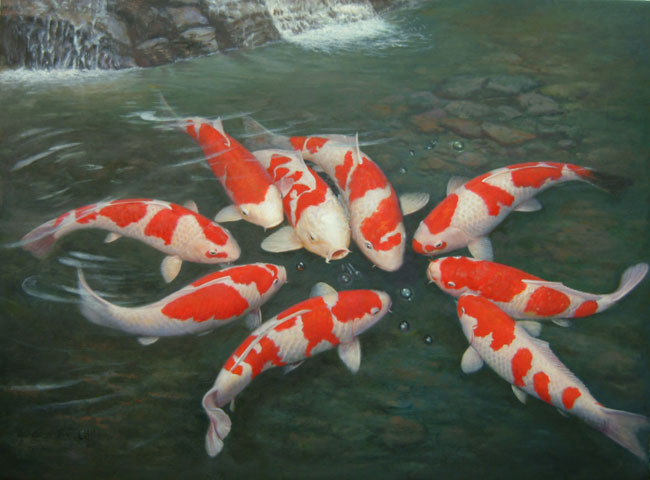 The word "koi" is translated from Japanese as "carp". It is significant unknown when the carp appeared in Japan, but the first mention of him refer to the VIII century AD. Probably, the carp was brought to Japan Chinese conquerors, they gave him the "name" of Koi. The Japanese called him magnes - "Black Carp".
The word "koi" is translated from Japanese as "carp". It is significant unknown when the carp appeared in Japan, but the first mention of him refer to the VIII century AD. Probably, the carp was brought to Japan Chinese conquerors, they gave him the "name" of Koi. The Japanese called him magnes - "Black Carp".
Sometimes some carps have deviations in coloring. Fishes with a non-standard pattern did not eat, but contained at home. With time growing color carp It became a permanent occupation of the peasants, and then merchants, nobility and spread throughout Japan. The hosts crossed their fish, while receiving new color variations. At the Tokyo Exipoteisov1914g. Koi for the first time were presented to the attention of the general public. Today it is a hobby, you can say, conquered the whole world. In many countries there are clubs and associations of koi lovers, exhibitions and shows are held.
What fish to buy
Signs of healthy fish are pure bright color, unlucky eyes, an even harmonious body. The size and shape of the fins should be proportional to the body of the fish, the head is not too short, but not long and even more so not curved in one direction. If you look at a normal carp Koi from above, then his body looks smooth and proportional on both sides (symmetrical).
Buying young individuals, choose copies with the most bright, deep colors. Rate the fish outfit itself: scales should have a healthy shine, and color spots are clearly limited. It is desirable that the color spots be balanced, "heavy" sites in front, in the middle or in the tail of the fish - this is already a drawback. The drawing must be a proportional to the body of the fish.
So that the fish does not bored alone, it is better to immediately acquire a small pack.
Koi Carp Pond
In order for fish to feel comfortable in a pond, I advise you to make it initially for all the rules. Next to the pond should not be high trees: their fallen foliage will pollute the water and can cause its rotting, and powerful roots are capable of breaking the bottom cover - and the reservoir. As an artificial bottom for a pond, PVC film is used (serves 10-15 years) and more expensive rubber rubber ("works" up to 30 years). Both materials are non-toxic and withstand the temperature differences from minus 30 to plus 40 °. And in order to protect them from damage to rodents, sharp stones and roots of plants, under the film (directly to the bottom) can be seized geotextiles - nonwoven material, which in the ground does not rot.
Sun - and friend, and the enemy of the pond and its inhabitants. The most favorable conditions are created if the Sun illuminates the pond 4-6 hours per day. In total shadow, the plants are dying due to the impossibility of photosynthesis, and on the cruel sun can "be welded" with fish. Excess heat leads to the fact that water quickly blooms, in warm water, blue-green and nice algae grow violently. To combat them you can resort to the help of ordinary river snails, but they are unlikely to cope with this task. So, do not do without a filter and pump to it. In the fight against algae, an ultraviolet sterilizer is effective, while it does not harm or useful plants or fish.
Optimal water parameters in the pond: temperature 10-23 °, total rigidity (DGH) to 150, concentration of hydrogen ions (pH) 7-7.5.
Koi carps make special requirements for content conditions - In particular, to the volume of the pond. If there are not many aquatic plants in your pond, you will need powerful filtration. Well, if the reservoir is deep enough: it is important for wintering fish, the pond should not be blocked through. Pond plants are better to protect from koi, as these fishes love to emblorict the stalks and pinch the roots, and sometimes just pull the plants in search of feed.
Landing in the pond
You brought fish, and now it should be adapted to the water. To do this, in front of the pond, it is necessary to install a container accompanied from 100 to 500 liters of water (the volume depends on the number of fish). Pour water from the pond to the level of approximately 5-6 cm. Carefully drop the fish there, carefully pouring the water together with the fish from the package or the thermocrine in which it was on the way. Turn on aeration, add an anti-stress drug to water. A small bucket draw the water from the pond and pour into the container in which the fish "sits". This operation must be made for 2 hours, if the container is overflowing, water from time to time can be merged (but not in the pond). Thanks to these manipulations, the fish will get used to new living conditions, and it can be "transferred" to the pond chick.
Generally, the basis koi carp diet - feedwhich is sold in pet stores or specialized markets. It is only necessary to first test it in a small amount of water, since some feed pollute water (leave a white torment after eating fish). You can give fish and frozen food in blisters, they also have on sale.
Carp Koi unpretentious in foodIt can be fed and vegetable feed, such as fresh vegetables, beans, corn. At the same time, the pieces of feed should not be more than 6 cm, otherwise they will not fit fish into the mouth. It is necessary to feed in the morning and in the evening at sunset, and for 5 minutes all the food must be eaten. The diet can be chosen by consulting with a specialist.
Professional fish farmer will also prompt how to save a bright color of the fish, her playful mood. You will see: Fish will find out of you, gratefully swimming on the feeder, will not be afraid, but on the contrary, eating the delicacy, will become a fun "fuck out."
Other news on the topic:
What should be the float for catching in wiring


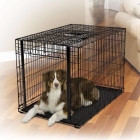
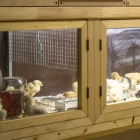
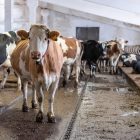
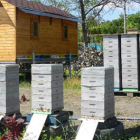
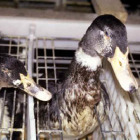
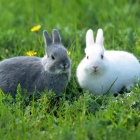
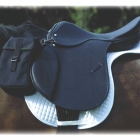
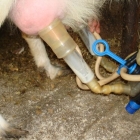
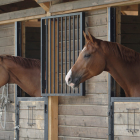
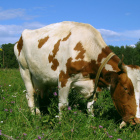
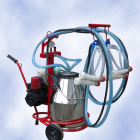
 Start a discussion ...
Start a discussion ...